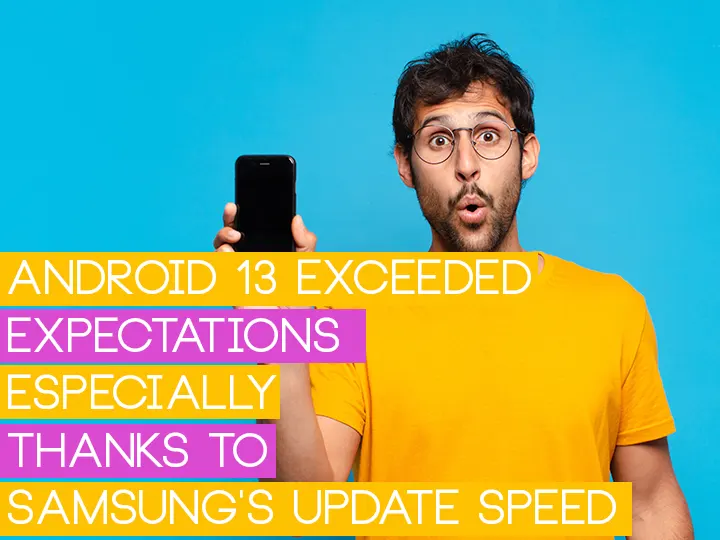
Android 13 exceeded expectations, especially thanks to Samsung's update speed
The usage rate of Android 13 exceeded expectations, especially thanks to Samsung's speed with updates. But overall, it can be seen that the overwhelming dominance of older Android versions continues.
The first Android usage rate data, published in 2023, also reveals the speed at which manufacturers rolled out Android 13 to their devices. The latest version, Android 13 (T), works on 5% of devices five months after its release, according to Google's official statistics. Android 12 and 12L (S) run on 18.9% of devices, a significant increase from 13.5% in August.
Android 8.0 Oreo has dropped below 10% and a similar downward trend can be seen in older versions of Android. Android Jelly Bean dropped from the list, which previously held 0.3%, while KitKat fell from 0.9% to 0.7%.
Around 24.4% of devices are still running Android 11 (R) and this appears to be the most common version at the moment. Android 10 (Q) runs on 19.5% of devices. These rates are expected to rapidly shift towards newer versions of Android as security support for older versions, including Android 10, will end in February 2023.
Although the adoption rate of Android 13 may seem slow, it is much better than previous versions. This, in turn, can be attributed to the speed with which manufacturers such as Samsung, OnePlus, Sony, and others, along with Google, offer updates.
Especially since Samsung has updated dozens of its devices to Android 13, it is considered to have a large share in this rate. Just a few months after the stable Android 13 update was released, Samsung has updated more than 40 Galaxy devices to Android 13 with One UI 5.0.
